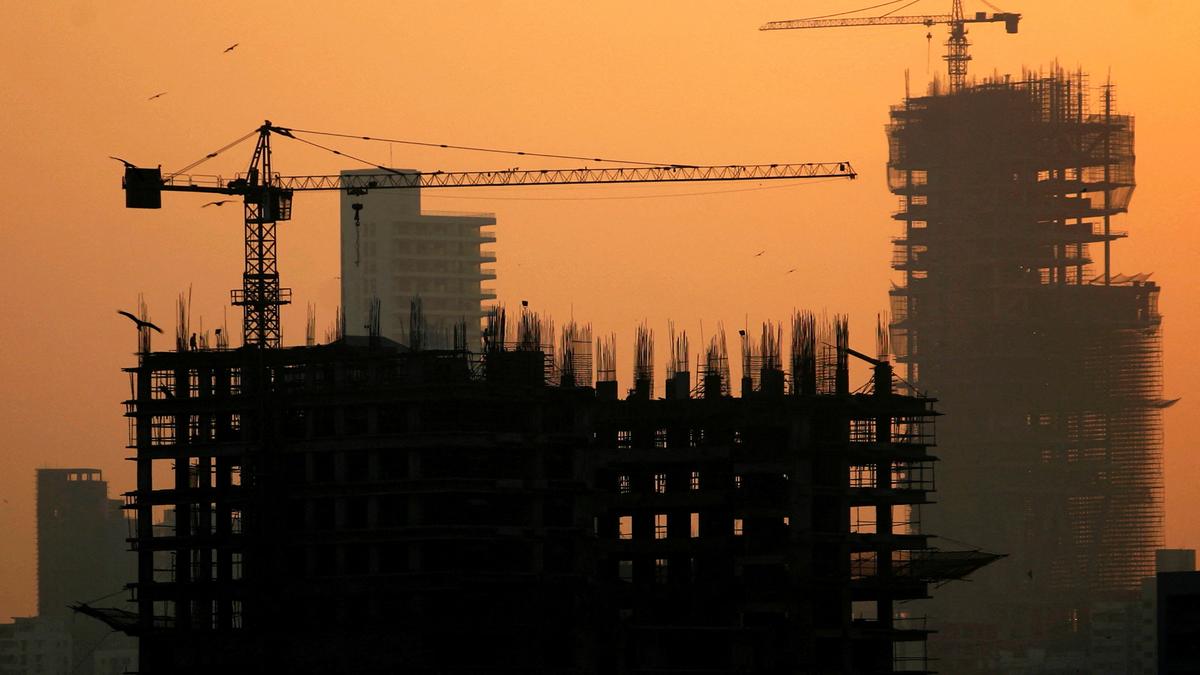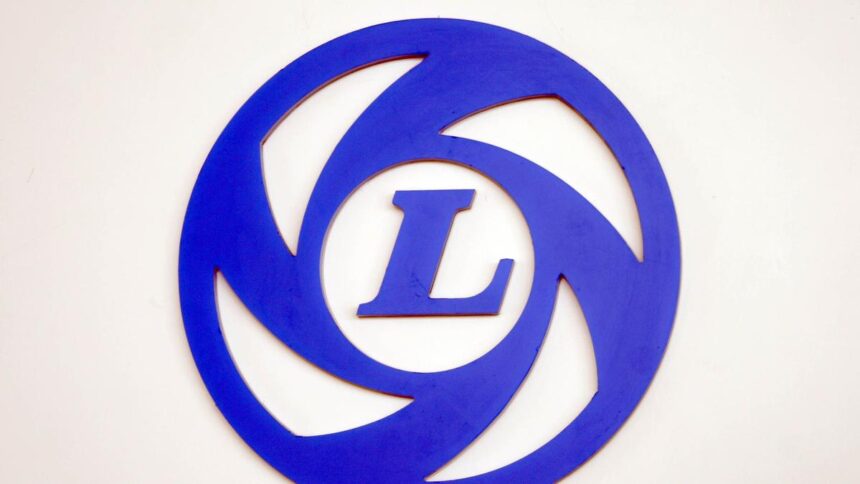The global shift toward sustainability is driving a new era in the concrete industry, led by advancements in carbon capture, utilization and storage (CCUS), circular economy practices, and government-led green procurement mandates, said Amar Choudhary, Chief Executive Officer, 1Lattice, a consulting firm, while speaking at the World of Concrete India 2025.
“Over the next decade, technologies like self-healing concrete, 3D printing, and ultra-high-performance materials will move from pilot to mainstream, redefining strength, efficiency, and durability standards,” he said.
“Additionally, AI-driven mixing, embedded sensors, digital twins, and automation are improving quality control, reducing human error, and ensuring early detection of structural issues enhancing longevity and safety,” he added.
According to him, the global concrete industry, valued at over $100 billion in India alone—more than 3% of the nation’s $3 trillion economy, continues to expand rapidly, with ready-mix concrete usage projected to rise from the current 20–25% to 40–50% within the next decade.
“As India’s infrastructure, real estate, and industrial projects surge, the focus now lies on ensuring that this growth is sustainable, efficient, and aligned with global environmental goals,” he emphasised.
Speaking at the event, Brijesh Dixit, Managing Director, Maharashtra State Infrastructure Development Corporation (MSIDC), said, “Concrete stands at the core of modern infrastructure, yet remains one of the least understood materials, a gap that must be addressed for the benefit of all end users.”
“In an era defined by technological advancement and artificial intelligence, such initiatives [World of Concrete India industry event] are instrumental in driving progress towards a developed India,” he said.
Rajendra Singh Kamboh, National President, Builders Association of India (BAI), said, “With a growing emphasis on technology adoption, skill development, and sustainable construction methods, BAI continues to play a pivotal role in shaping a more resilient and future-ready construction ecosystem for India.”
Yogesh Mudras, Managing Director, Informa Markets in India, said, “The real estate, construction, and infrastructure sectors remain among the top contributors to India’s GDP, and their growth is increasingly being shaped by sustainability imperatives,”
“The construction sector, valued at over $1.2 trillion in 2025, is projected to reach $ 2.13 trillion by 2030, which is almost double, growing at a robust CAGR of 12.1%. With the cement industry accounting for nearly 6% of India’s emissions, the transition towards eco-friendly solutions has become critical,” he said.
According to an EY report, the Indian green cement market, currently valued at $ 2.31 billion, is expected to grow to $3.28 billion by 2029, highlighting the scale of this shift.
At the same time, renewable energy projects and large-scale infrastructure developments are adding to cement demand, creating a dual need for capacity expansion and sustainable practices.
Published – October 09, 2025 12:57 pm IST























